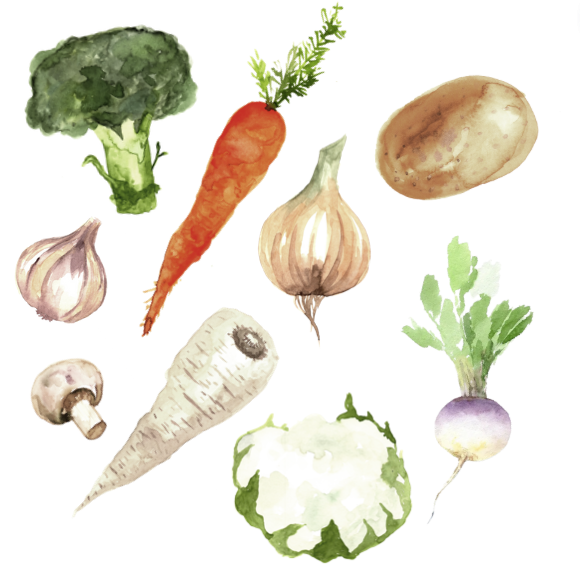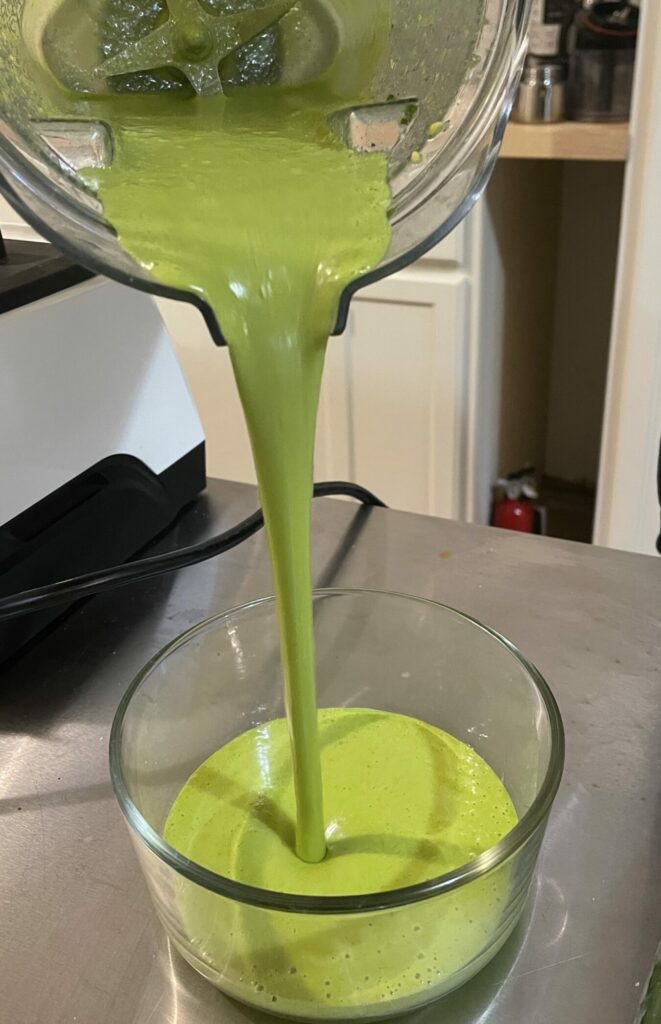There’s a starting point for all of us. With eating healthy and establishing a healthy lifestyle we can’t help but wonder “where do I start?” We hope that this guide would be able to help you start finding budget-friendly ways to build YOUR healthy lifestyle.We’re going to try to focus on general tips, but be aware that when it comes to nutrition, every person has different nutritional needs, this is what we call bio– individuality. Let’s jump in and see what we can get our hands on!
What kind of food?
We don’t have to go too far to find foods that are highly processed, chemically treated, filled with preservatives, that in the end, have little nutritional worth. Whats the complete oposite of that? Real, whole foods, that are organic, locally grown and grown in the right season- that’s how we can make sure our foods are on their peak of nutrition potential.
- Think quality- we want highest quality available which includes “organic” “pasture-raised” or “wild caught”
- Think colors- a good trick is to get at least 5 different colors on our plate each time.
- Think local- sourcing food as close to home as possible ensures freshness and the nutrients they have aren’t diminishing with time. They might also be organic, but without the certification.
- Think seasonally- most fruits and vegetables are only available certain parts of the year- this helps create a variety of nutrients if we also rotate along with the season.
Now, where can we find these foods?
- Meats: Small, local farmers that have raised animals with the foods they naturally should be eating, not grains or soy. Best way to guarantee quality- ask your farmer! Look for labels such as “pasture-raised”, “grass-fed, grass-finished” if on grocery aisles.
- Eggs: “pasture-raised”, chickens that have been raised outdoors. Check out farmers markets, small local farmers. If none of these are available, higher-end grocery stores would be sure to have them.
- Milk/Dairy: make sure milk is coming from grass-fed, pasture-raised cows, talk to local farmers, farmers markets, and if none are available- organic milk. Other possibilities include- goats milk, sheep milk, and if intolerable- dairy products such as yogurt, kefir, sour cream, cheeses. (preferably grass-fed or pasture-raised)
- Fish: fish caught by hook-and line, “wild-caught”, oysters from farms, fish markets.
- Cooking fats: Fats from animals (such as ghee, butter, lard) try to obtain grass-fed/pasture-raised and much as possible. For other plant-based oils (such as coconut oil, olive oil, avocado oils) organic fats whenever possible.
- Vegetables- array of colors, local farmers in-season, farmers markets, or in organic form. For those with land/space- planting a few vegetables or herbs will be a nice way to incorporate the fresh pick!
- Fruits- farmers markets, organically grown and especially what’s locally available and in season whenever possible. Fresh fruit is best, and frozen fruit is a great second choice.
- Nuts/seeds, grains- look for organically grown whenever possible, in farmers markets.
How to properly prepare it?
We might think we need a lot of fancy kitchen gadgets to make a great nutritious meal, but you might be surprised to hear that you really only need a few good essentials to get started:
- 1 quality cast iron skillet- properly seasoned
- A good knife- “full tang” blade- one solid piece of steel from the tip down to the handle.
- Solid cutting board- wood, if budget allows- buy two one for meats the other for produce.
- Steamer basket
- Wooden spoon
If budget allows, consider replacing plastic containers for glass, beeswax wraps, unbleached parchment paper, glass or stainless steel water bottles. These are not absolutely necessary but will help remove toxins from our food equation.
There could be several obstacles like time, money, location, social pressure, constant travel, or lack of culinary knowledge. These are all very powerful obstacles, but focusing on what we CAN do rather in everything we MUST do will make this road a little less bumpy.
References:
Nutritional Therapy Association, Inc. (2020). Basics of Nutrition Student guide [PDF Document]. Retrieved from: https://nutritionaltherapy.instructure.com/courses/144/files/2490/download?download_frd=1
Nutritional Therapy Association, Inc. (2020). Culinary Wellness Pt.1 Student Guide [PDF Document]. Retrieved from: https://nutritionaltherapy.instructure.com/courses/144/files/9380?wrap=1






